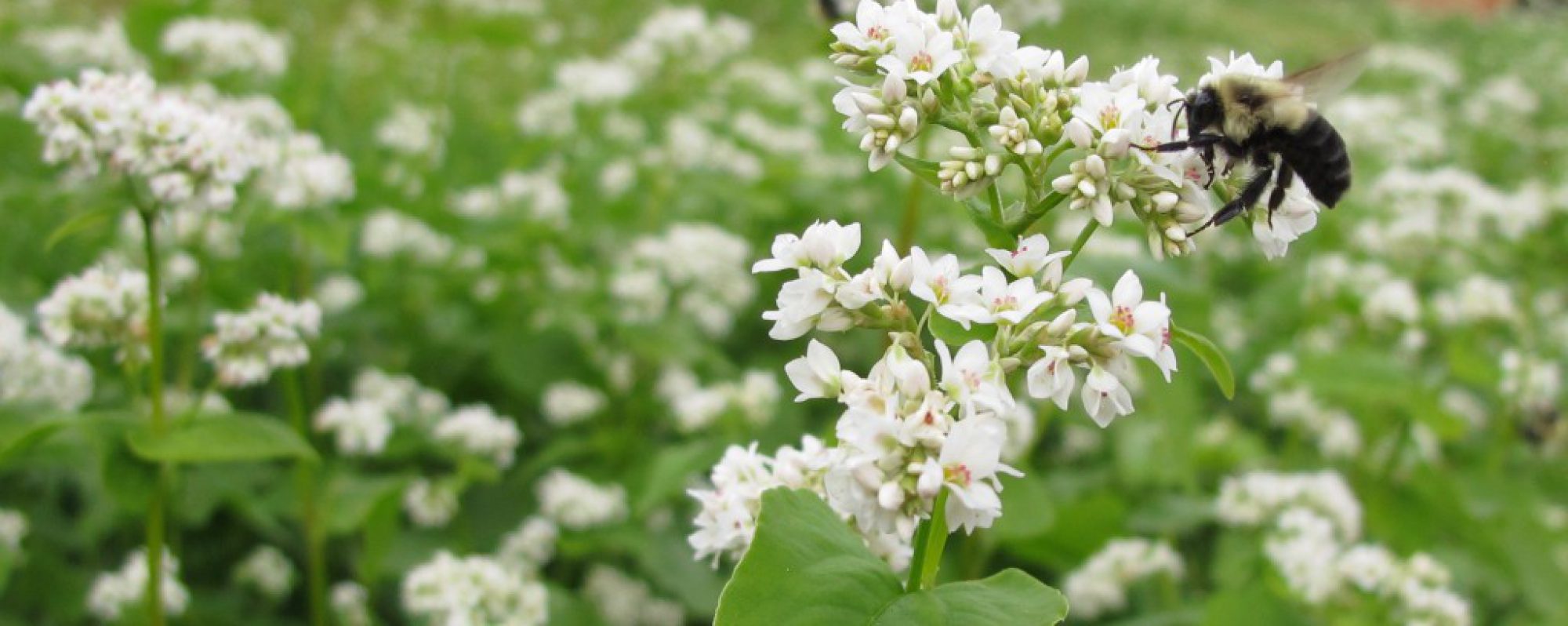By Mary Tucker, Cherokee County Master Gardener
Excerpt from article in Feb/Mar 2011 issue of Gardening with the Masters
Anytime you are evaluating an introduced plant for your landscape, consider the following:
- if it naturalizes or self sows;
- how far it spreads; how fast it grows
- how its seeds are dispersed and if they will be carried by wind or eaten and spread by animals;
- if it will be so hardy or drought tolerant that it will out-compete other vegetation.
If you have any doubts about a plant, simply avoid using it in your garden.
Don’t assume that if a plant is sold in a reputable nursery or recommended by an “expert” that it is not invasive. As I researched this article, I looked in national gardening catalogs, local nurseries, respected magazines, and well-known reference books to see how many of these problematic plants were touted. I was saddened to see invasive plants virtually everywhere I looked. And even worse, there was rarely mention of their invasiveness. I even saw them listed in “environmentally conscious” literature on xeriscaping. I know they are recommended because of their drought- tolerance, hardiness, rapid growth, etc., but that is just what makes them so invasive.
On the other hand, there are invasive plants that are marketed to the unsuspecting consumer because of some feature they possess. Unfortunately, the consumer often thinks only of the beauty or utility of these specimens in their own garden and does not know about or consider the impact they may have on the surrounding environment.
We each have a responsibility to educate ourselves. Once you have you will be a more responsible gardener of your own property and of your neighbors. For a list of invasive plants go to https://www.gainvasives.org/
